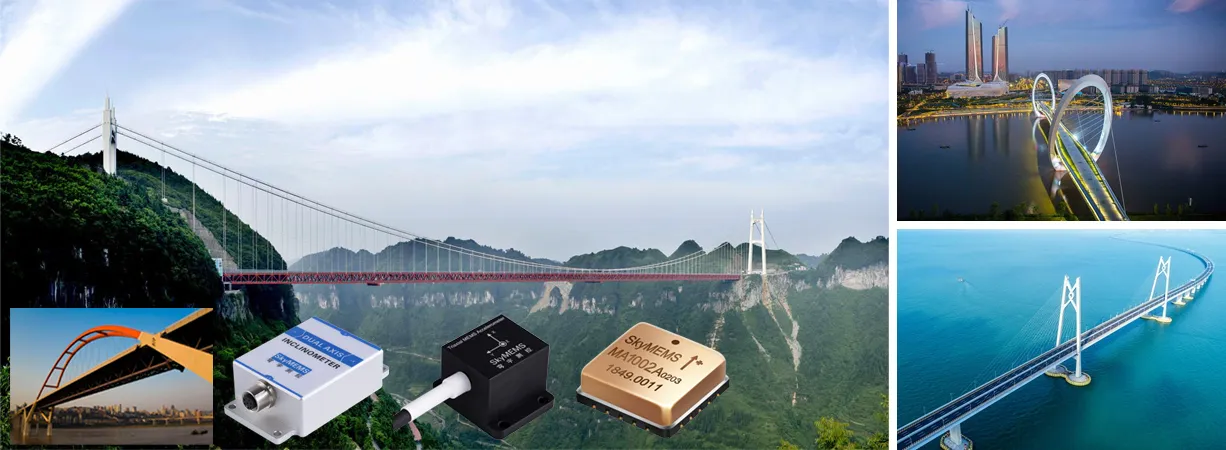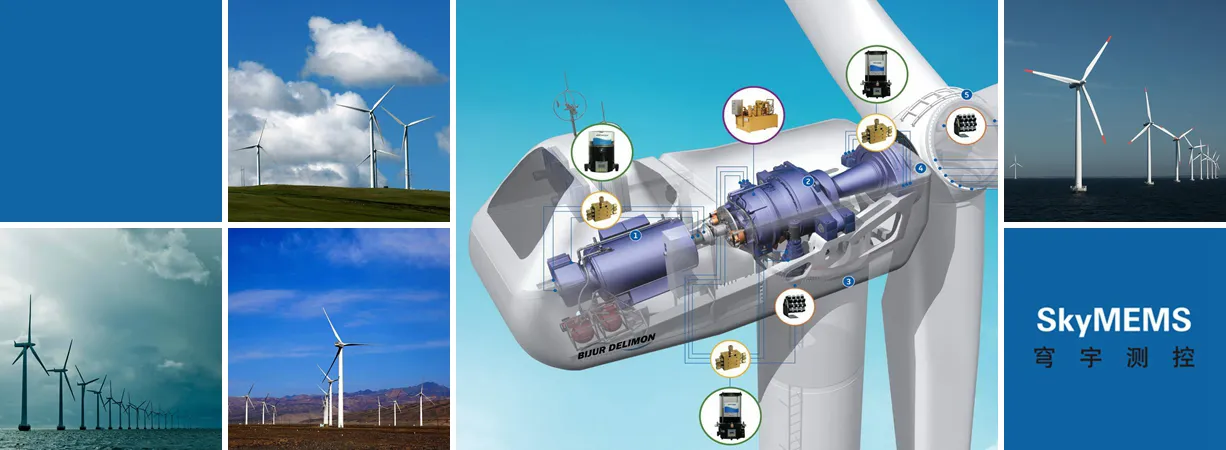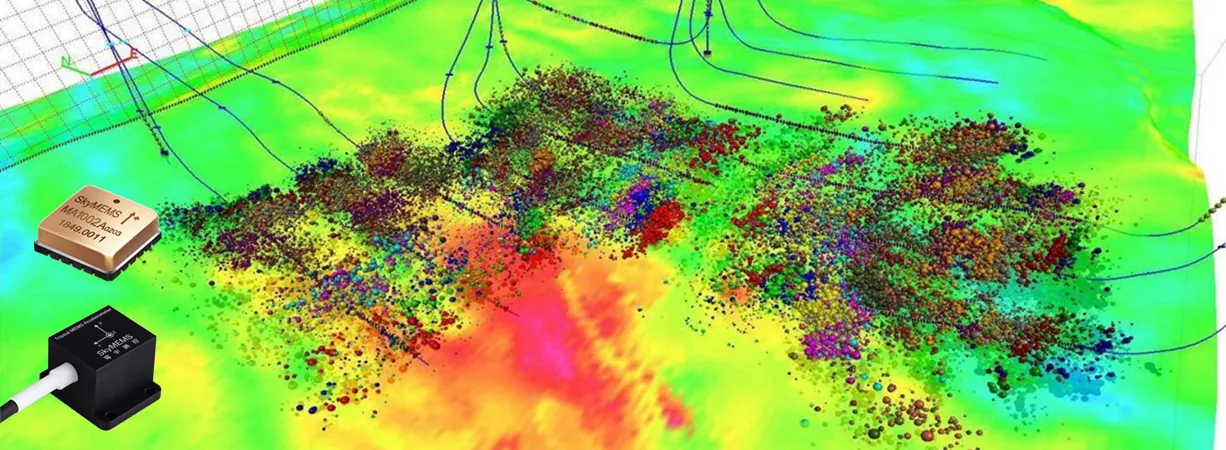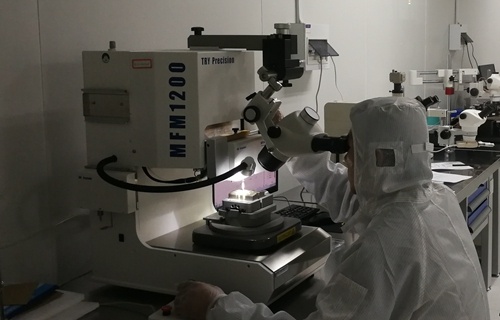Widely Applied in Different Fields
Vibration Monitor
A damage in a structure including buildings, bridges, wind turbines and dams appears as a tiny variation at first, so it is important to monitor the vibration signal and other relative data, and to accomplish high performance monitoring of critical structures at the very early stages to avoid the catastrophic failure.

Bridge Monitoring
The accelerometer sensor is used to monitor the vibration of the bridge including the main girder, dragline and bridge tower. According to the collected data and signals, the structural working status and health status of the bridge can be calculated, the structural damage level and the positions can be identified, and the safety and reliability assessment of the bridge can be provided, which provides technical support for management and maintenance, and ensuring the bridge’s safe operation.
With SkyMEMS itself technical advantages, its developed inclinometers and accelerometer sensors have been widely applied in the bridge’s monitoring, cause its high quality, super reliability and survivability in harsh environment, it has been widely used in bridges and buildings. More than 1000 bridges are using SkyMEMS inclinometers and accelerometer sensors to do the status monitoring, and it has gained high praise from the customers.

Wind turbine vibration monitoring
Permanently install a vibration acceleration sensor on the wind turbine to detect the vibration of the main bearings, gearbox and generator to prevent the loss of electrical energy caused by the failure of the wind turbine and high equipment maintenance costs.

Dam Vibration and Tilt Monitoring
Dam safety monitoring is the measurement and observation of the main structure, foundation, slopes of both banks, related facilities and the surrounding environment of water conservancy and hydropower projects through instrumental observation and inspection; “monitoring” includes the fixed measurement points of the building at a certain frequency. The instrumental observations carried out also include regular or irregular visual inspections and instrumental surveys on the exterior of the building and a large range of objects inside.
Observation and data processing of various data reflecting the changes in the behavior of the dam and bedrock and the effects of the environment on the dam are obtained in a timely manner through observation instruments and equipment. Its purpose is to analyze and estimate the safety of the dam so that timely measures can be taken to try to ensure the safe operation of the dam.
The high-performance accelerometer chip, accelerometer module and high-precision inclination sensor developed and produced by SkyMEMS are widely used in dam safety monitoring systems as monitoring vibration and inclination sensors to provide reliable and accurate raw data for the monitoring system, and have gained high praise from the customers.

Seismic Monitoring
The time interval between the occurrence of an earthquake and issuing an earthquake warning by local may be short, ranging from one minute to a few seconds. Seismic waves travel through the ground at a speed of 1 to 5 kilometers per second, while the signals sent by the sensors can be transmitted to urban areas almost instantaneously. In this way, people can take safety measures in time as long as they are not in the signal blind zone. The frequency of seismic waves varies from 0 to 10 hertz (Hz), depending on whether the seismic waves are longitudinal waves (P waves) or transverse waves (S waves). The amplitude of seismic waves on the ground does not exceed 1g.
Longitudinal wave (P wave) detection requires two vibration sensors to be installed on the x-axis and y-axis, and the signal propagation direction of the sensor is parallel to the ground. In addition, transverse wave (S wave) detection requires three accelerometers, and the accelerometer signal propagation direction is perpendicular to the ground. Accurate reading of low-amplitude, low-frequency vibrations is essential.
Seismic applications require accelerometers with excellent stability, linearity, dynamic range, and DC response. The MA1000A series provided by SkyMEMS can reduce the noise density to 0.9 μg/√Hz and within the recommended range of ±2g, it can accurately measure the vibration changes, which are widely used in the seismic monitoring systems.




